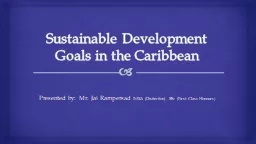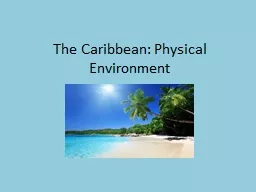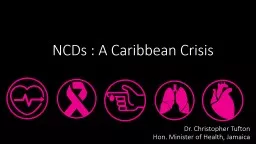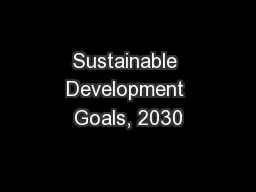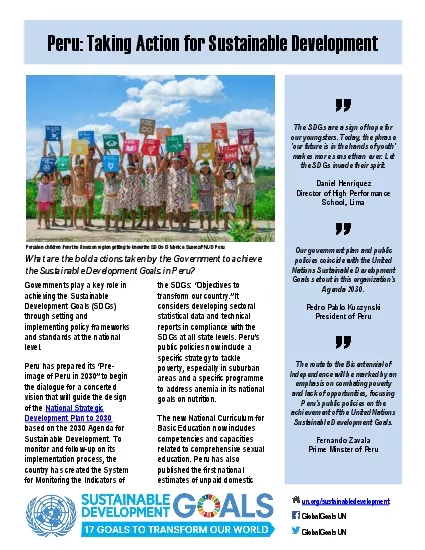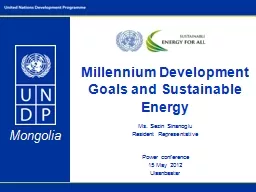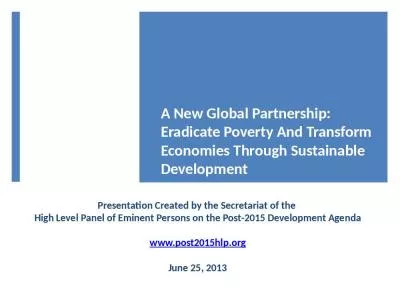PPT-Sustainable Development Goals in the Caribbean
Author : alexa-scheidler | Published Date : 2020-01-19
Sustainable Development Goals in the Caribbean Presented by Mr Jai Rampersad IMBA Distinction BSc First Class Honours Photo Review Caribbean Grouping and Characteristics
Presentation Embed Code
Download Presentation
Download Presentation The PPT/PDF document "Sustainable Development Goals in the Car..." is the property of its rightful owner. Permission is granted to download and print the materials on this website for personal, non-commercial use only, and to display it on your personal computer provided you do not modify the materials and that you retain all copyright notices contained in the materials. By downloading content from our website, you accept the terms of this agreement.
Sustainable Development Goals in the Caribbean: Transcript
Download Rules Of Document
"Sustainable Development Goals in the Caribbean"The content belongs to its owner. You may download and print it for personal use, without modification, and keep all copyright notices. By downloading, you agree to these terms.
Related Documents

